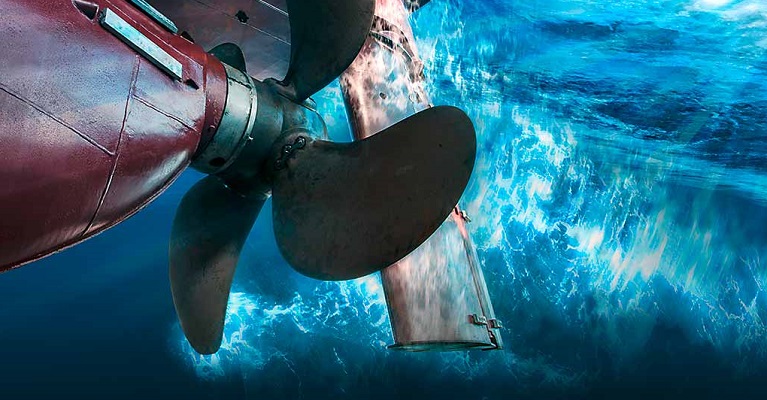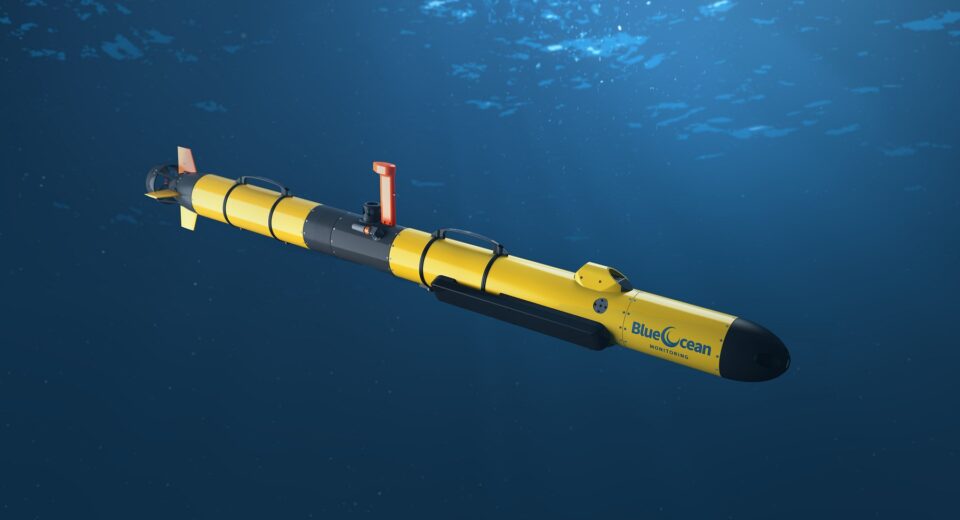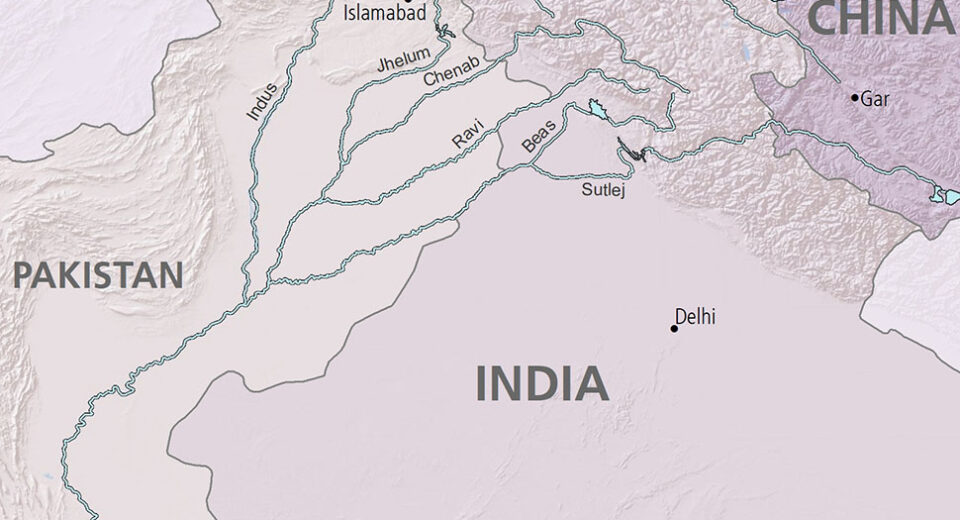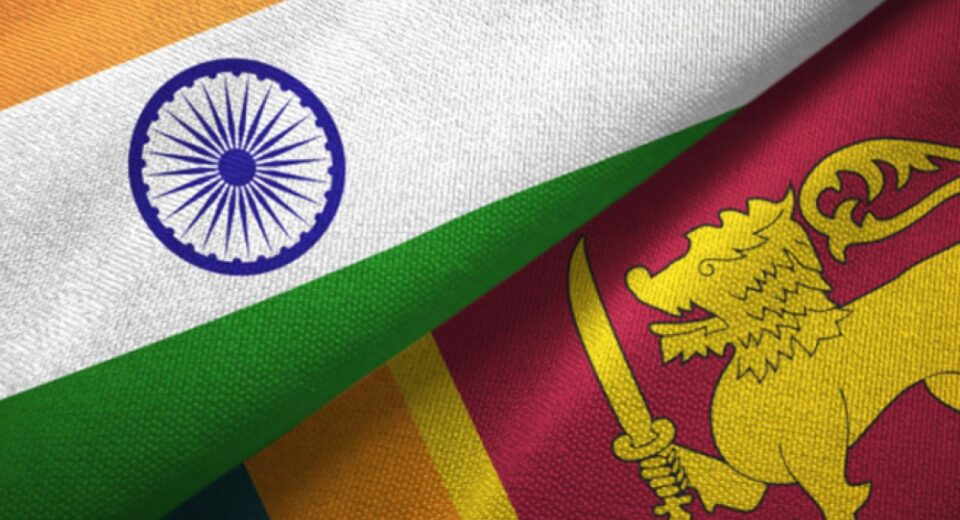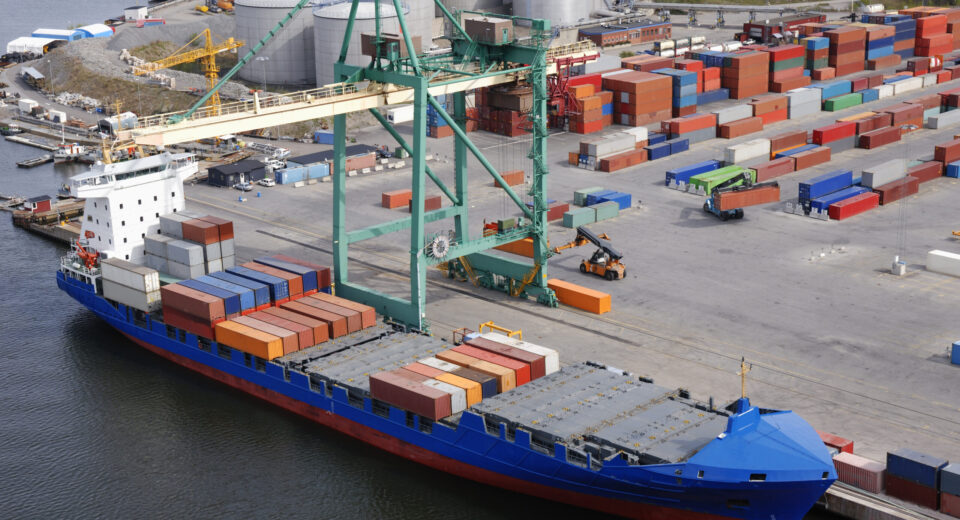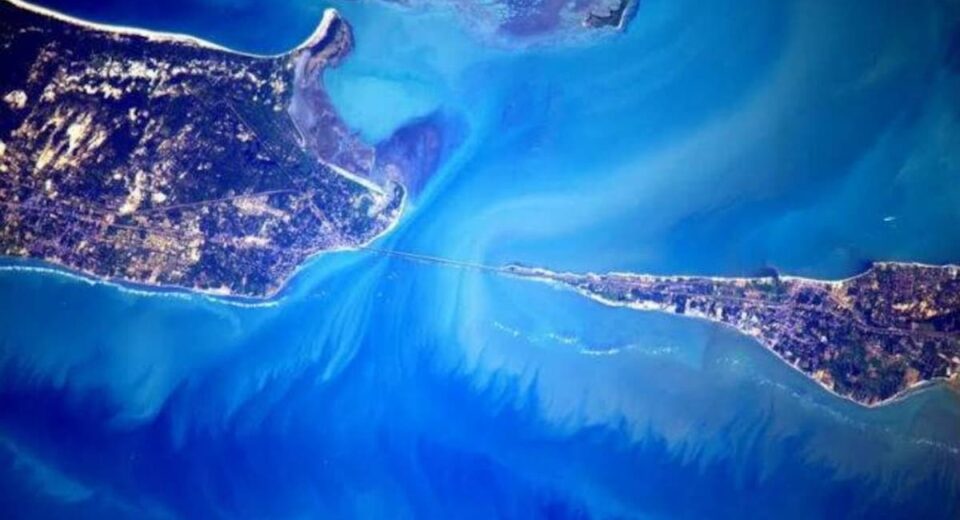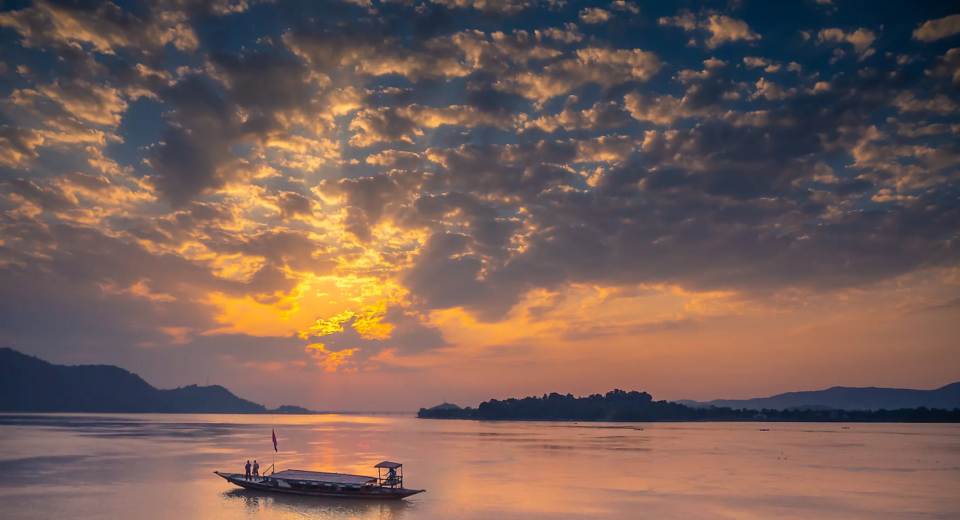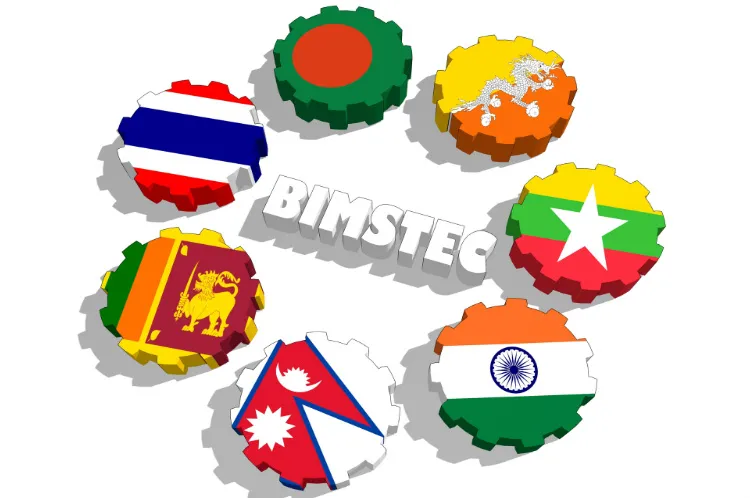The current scenario of Underwater Radiated Noise Management in India and the World
Heading The release of dangerous chemical, biological, or physical substances into the world’s seas is not the only source of ocean pollution but it also includes an increase in underwater noise caused by a variety of human factors. The concept of underwater radiated noise first emerged during the Cold War, when its reduction had a strictly militaristic application, to ensure acoustic stealth of submarines. In the current scenario, however, Underwater Radiated Noise (URN) is a growing cause of environmental and socio-economic concern. However, unlike the other forms of ‘material’ pollutants, noise is a form of energy hence it is quickly dissipated and thus has to be quantified at the source. Another issue with imposing limits on the amount of emitted noise is that for the same intensity of noise severity may vary depending on the time and location. As a result, there is a lack of research and regulation when it comes to noise pollution in comparison of air or water pollution. Shipping is the primary cause of underwater radiated noise. Global sea-borne trade has increased at a rate of 2.5% and 1.4% in the short and long term respectively. As a result, the underwater noise levels in some of the world’s oceans have nearly doubled every decade over the past 60 years and this is directly proportional to the Gross Domestic Product (GDP) of these nations. “The underwater radiated noise from a ship has got 3 main sources, namely the propeller machinery and the hull. The propeller is the dominant source, accounting for about 80%-85% of the generated noise, the reason being propeller cavitation. Cavitation contributes to both tonal and broadband noise. The noise from the machinery and hull is mainly produced due to vibrations. Noise levels at higher frequency (above some hundreds of Hz) will tend to decrease with increasing frequency. Therefore, the predominant noise is in the low-frequency band which affects the ambient noise over a large ocean area.” Higher levels of underwater noise impact the marine species as well as disrupts the economic development of people inhabiting the coastal regions. The audible range of marine fishes and mammals range from 5 Hertz to around 200 Kilohertz. Underwater radiated noise effects over 66 species of fish, almost all marine mammals and 36 species of invertebrates, and can severely hamper intraspecies and interspecies interactions. Hearing is the key sense for these creatures, and they rely heavily on it for navigation, communication, food acquisition, breeding, and threat detection. As a result, these animals are more prone to be affected by an increase in ambient noise and it affects their interaction with the environment. This is termed ‘Acoustic Degradation’. ‘Acoustic Masking’ occurs when the presence of noise disrupts an animal’s capacity to hear a sound of interest, like the location of a prey through echolocation or a potential mate. Acoustic masking is thought to pose a hazard to marine life, particularly animals that communicate at low frequencies, such as baleen whales. As a result, an excessively high amount of low frequency ambient noise might have a deleterious influence on their population, like reducing their ability to hunt and wandering too close to the shore. Apart from these, higher level of underwater noise also has severe socioeconomic impacts. It reduces the yield of fishing, impacts the marine tourism industry, and also has consequences on the health of divers. This disrupts the economic development of people inhabiting the coastal regions and can lead of loss of employment. “As a result, in the recent times a number of organizations both governmental and private have concentrated efforts to find out ways to effectively manage underwater radiated noise. The International Maritime Organization (IMO) has introduced the MARPOL Convention to reduce the pollution from ships. The United Nation’s Environment Program (UNEP) has also made efforts in this regard such as linking it to the UN-SDGs and the formation of the Mediterranean Action Plan (MAP).” A number of countries across the American Continents and the European Union have also laid down regulation to combat the rise of underwater noise. Researchers are also focusing to come up with technological interventions and determine the efficiency and cost effectiveness of URN management techniques. The Indian scenario of the underwater radiated noise management: However, when it comes to the Indian scenario much of the effort is still in progress. As India shifts its focus to effectively utilize its oceans for economic advantage, sustainability becomes a concern due the predicted rise in pollutant levels including underwater noise. The primary reason behind this might be the lack of country specific research and knowledge hub containing scientific data establishing the ill-effects of underwater radiated noise and the uncertainty around the cost effectiveness and efficiency of management techniques. There is also the factor of noise being an ‘energy’ pollutant, absence of standardized methods for measurement of underwater radiated noise and lack of noise emission limits for shipping vessels, which have hindered the formation of appropriate policy framework “As a result, in the recent times a number of organizations both governmental and private have concentrated efforts to find out ways to effectively manage underwater radiated noise. The International Maritime Organization (IMO) has introduced the MARPOL Convention to reduce the pollution from ships. The United Nation’s Environment Program (UNEP) has also made efforts in this regard such as linking it to the UN-SDGs and the formation of the Mediterranean Action Plan (MAP).” Conclusion and recommendation: Since authorities like the Central Pollution Control Board already have policies in place to combat air and water pollution, similar methods can be applied to manage noise pollution as well, such as a ship specific certificate for ‘noise emission in limit’. The policies can guide administrators, ship owners and operators on principles of design and operation to effectively reduce URN. Its aim is to encourage stakeholders to prevent, control, monitor, and manage underwater radiated noise. “This regulatory document can provide a set of ship-based noise limits, which could be phased in and implemented over time. The introduced technologies and policies should


